Rust Family Foundation: Archaeology Grants Program
[RFF-2015-02]
Principal Investigator:
John Peter Oleson,
Dept. of Greek and Roman Studies, University of Victoria, Canada
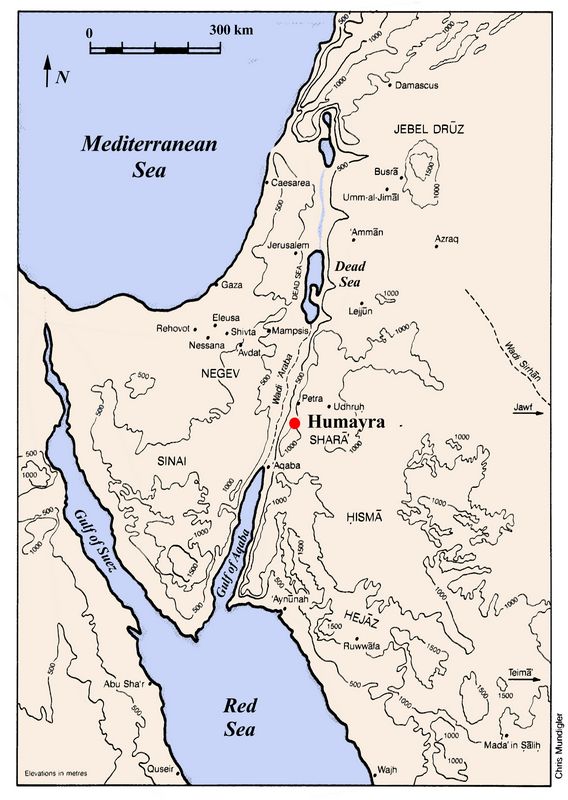
The fort at Humayma, ancient Hauarra, is particularly important as the best preserved -- and one of the very few -- early principate period forts in the Near East, that is, forts constructed and manned during the first 150 years of the Roman empire. (fig.1). The 24 projecting towers are atypical for Roman forts of this early date and raise interesting questions concerning the influence of local urban fortifications on Roman military designs in the early years of the Roman occupation (fig.2)
Fig.1: Map of site location in Jordan
The
fort was founded soon after Trajanís
conquest of the Nabataean kingdom in AD 106 to house a detachment of
around 500
troops, possibly a detachment of auxiliary troops including
camel-mounted
cavalry. In the course of the excavation it was found that the fort and
internal structures were laid out in carefully chosen units of Roman
feet (pes
monetalis,
0.296 m): the rectangular
fortification walls, for example, 70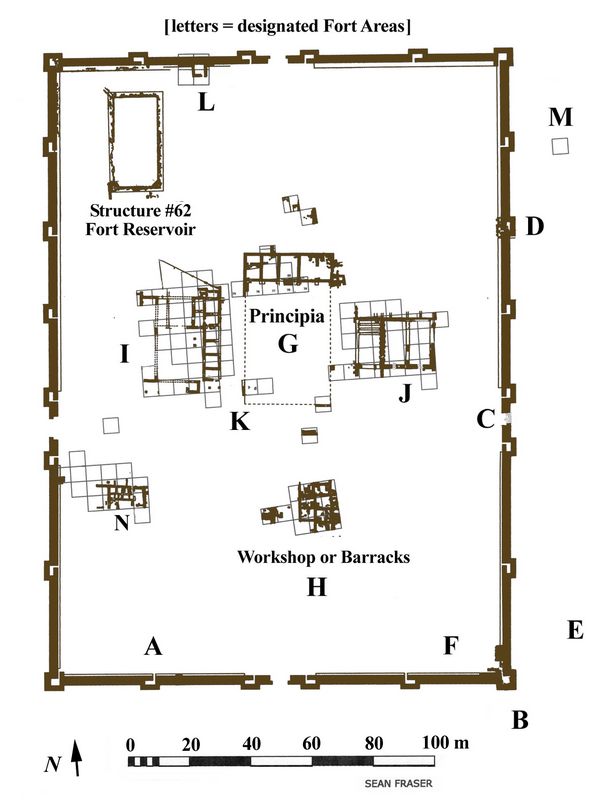 0 x 500 pm (206.32 m x 148.32 m)
and the
interior dimensions of the reservoir in its northwest corner 100 x 50 x
10 pm
(29.40 m x 14.20 m x 3.05 m). Professor
Olesonís research will present the most complete documentation yet of
the
modular planning of an entire fort complex by Roman military engineers.
His
excavations also documented the location and plans of the main interior
structures: the principia
(headquarters building), praetorium
(commanderís residence), horreum
(granary), barracks, craft areas, latrine, and
water
distribution
system.
It is
atypical for an auxiliary fort to have such a complete
range of
structures,
which raises questions about the organization of forces on this
frontier.
0 x 500 pm (206.32 m x 148.32 m)
and the
interior dimensions of the reservoir in its northwest corner 100 x 50 x
10 pm
(29.40 m x 14.20 m x 3.05 m). Professor
Olesonís research will present the most complete documentation yet of
the
modular planning of an entire fort complex by Roman military engineers.
His
excavations also documented the location and plans of the main interior
structures: the principia
(headquarters building), praetorium
(commanderís residence), horreum
(granary), barracks, craft areas, latrine, and
water
distribution
system.
It is
atypical for an auxiliary fort to have such a complete
range of
structures,
which raises questions about the organization of forces on this
frontier.
Fig.2: Plan of Fort.
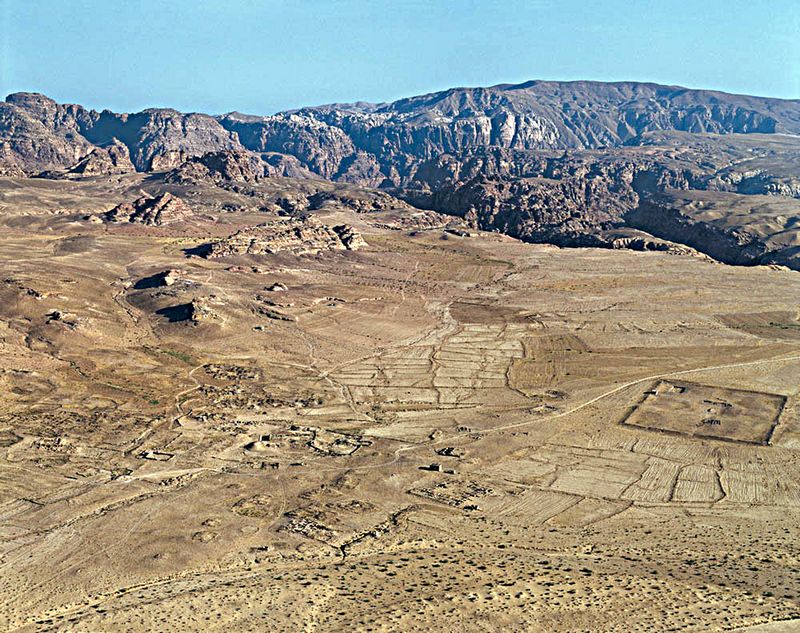
Fig.3: Aerial view of site with fort (Photo: Jane Taylor)
Previous Research
From
1986 to 2005,
Oleson directed survey and excavation at the site of Humayma, ancient
Hawara,
in the Hisma Desert in Southern Jordan, halfway between Petra and
Aqaba (fig.3). The site flourished
from the
first century BC to the eighth century AD as a Nabataean, then Roman,
Byzantine, and Early Islamic site. Each culture left its mark: a
sophisticated
Nabataean water supply system, Nabataean houses and temples, a Roman
auxiliary
fort, bath, and associated civilian settlement, five Byzantine churches
and
many houses, and the palace of 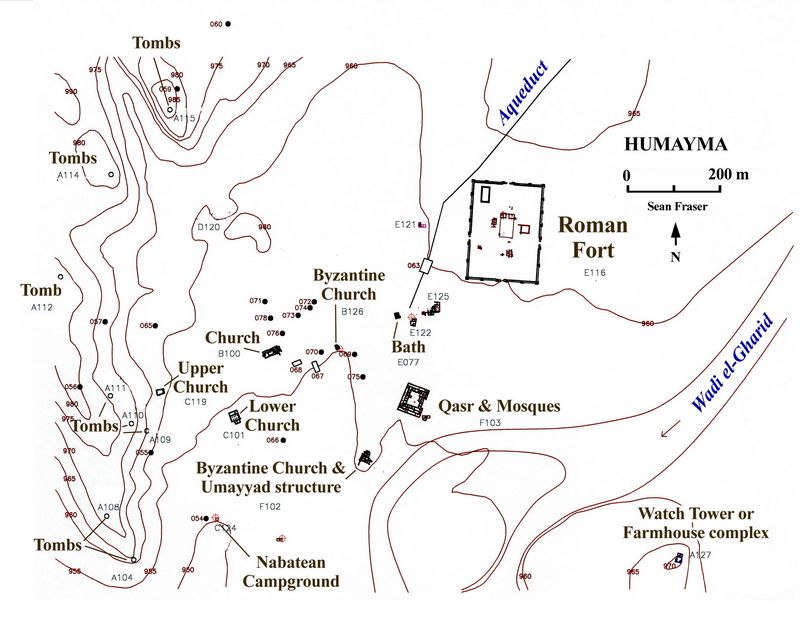 the Abbasid family and associated
mosques. Olesonís
team surveyed and sampled or excavated all these structures, all but
one of
which were previously unexcavated (fig.4).
Beginning
in 2005, fieldwork on the Nabataean
and Roman aspects of the site at the site has continued under Dr. M. Barbara Reeves, a
professor at Queenís
University, while Oleson focused on the final publications.
the Abbasid family and associated
mosques. Olesonís
team surveyed and sampled or excavated all these structures, all but
one of
which were previously unexcavated (fig.4).
Beginning
in 2005, fieldwork on the Nabataean
and Roman aspects of the site at the site has continued under Dr. M. Barbara Reeves, a
professor at Queenís
University, while Oleson focused on the final publications.
Project funded in 2016 [RFF-2015-2]
Goals:
The
goals of the project included study of finds from Olesonís excavation
of the
Roman fort at Humayma, stored at the American Center for Oriental
Research in Amman;
a visit to Humayma to take some final measurements and to re-bury
ceramic
sherds and some other finds of no intrinsic value now that they have
been
studied; use of the specialized archaeological library at ACOR for
research on
the Roman fort; and use of a draughtsman to complete numerous drawings
of
structures at the site.
Photography
and drawings of artifacts from the fort were completed and the
artifacts no
longer needed for study were taken to the site for reburial, and
various
measurements and photographs were taken there. Chris
Mundigler, a free-lance archaeological illustrator who has worked on
this
project for many years, prepared numerous final architectural plans for
publication in The Humayma Excavation
Project, Vol. 3: The Fort.
The
results were excellent and, along with the archaeological data in the
text,
will constitute an important contribution to our understanding of Roman
military
architecture in the eastern Empire
Measurements
at the fort have confirmed earlier analysis of the methods the Romans
used to
survey the fort at Humayma. All the measurements in meters can be
reduced to
rational modules of Roman feet (= 0.296 m), from the overall outline of
the
fort (700 x 500 Roman feet), to the dimensions of the headquarters
building (principia; 100 x 150 Roman
feet), the
comman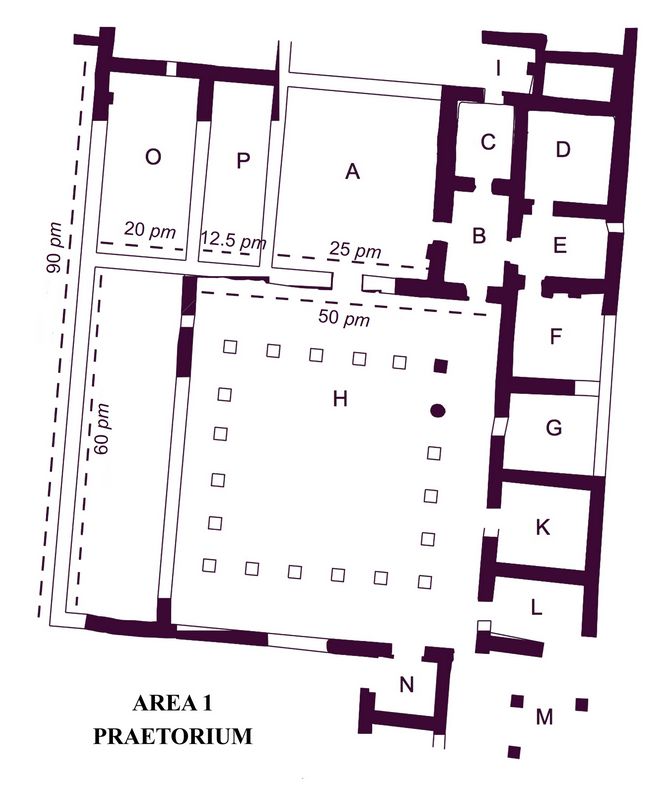 derís residence (praetorium;
90
x 90 Roman feet), to the width of the main streets (30 Roman feet) and
of the
towers in the wall (20 Roman feet), and many more details (Fig.5). The
fact that Roman engineers used predictable modules in
designing
their buildings was already known, but the fort at Humayma is the first
military structure for which the overall scheme has been documented
down to very
small details, and the first fort in the region for which this analysis
has
been carried out and will be published in full.
derís residence (praetorium;
90
x 90 Roman feet), to the width of the main streets (30 Roman feet) and
of the
towers in the wall (20 Roman feet), and many more details (Fig.5). The
fact that Roman engineers used predictable modules in
designing
their buildings was already known, but the fort at Humayma is the first
military structure for which the overall scheme has been documented
down to very
small details, and the first fort in the region for which this analysis
has
been carried out and will be published in full.
Fig.5: Plan of Praetorium with indication of planning modules.
The study of the finds from the fort have
documented
the periods of occupation through the types of ceramics and the coins
found
during the excavation, providing new evidence for the history of Roman
occupation of the Near East during the Empire. Particularly interesting
is an
otherwise unrecorded abandonment of the fort from about AD 295-320. It
is
likely that the soldiers were transferred elsewhere along the Arabian
frontier
as part of the emperor Diocletianís reorganization of the forts and
defenses.
Analysis of the artifacts has also documented the types of weapons and
armor
used by the occupying units. This artifactual evidence, along with the
metrology of the fort design have also enabled the documentation of
close
connections between the fort at Humayma and a Roman fort at Hegra, 425
km to
the south in present-day Saudi-Arabia, excavated in 2015-2017. It seems
likely
that the military unit at Hegra was sent out from Humayma to defend
that
distant southeastern corner of the Roman empire.
Final
Publications on the site:
Two volumes of a
projected five volume final report on the excavations have been
completed so
far: Humayma Excavation Project, 1:
Resources, History, and the Water-Supply System. Boston:
American Schools
of Oriental Research, 2010. Pp. xxii + 526; Humayma
Excavation Project, 2: Nabataean Campground and Necropolis, Byzantine
Churches,
and Early Islamic Domestic Structures. Boston: American
Schools of Oriental
Research, 2013. Pp. xxviii + 594. Completion of the third volume was
funded by
a Rust Family Foundation grant: Humayma
Excavation Project, 3: The Roman Auxiliary Fort. The fourth volume,
which
will be co-authored by Oleson with Barbara Reeves, will publish the
Roman
military bath and the civilian settlement; the fifth, by Rebecca Foote
will
focus on the Abbasid palace and mosque.
.
Recent Foundation grants: general Archaeology Grants Program w/map
Copyright © 2018 Rust Family Foundation